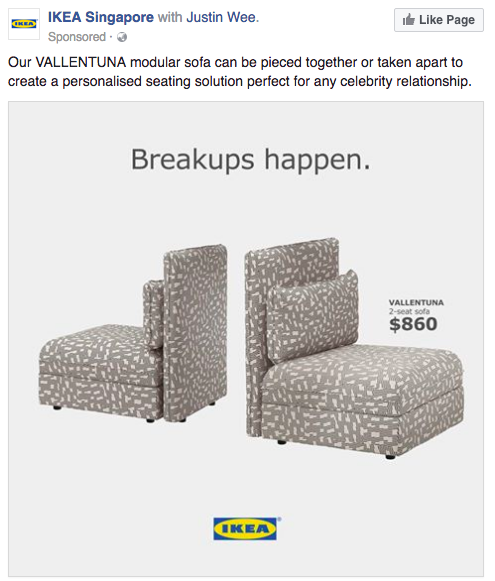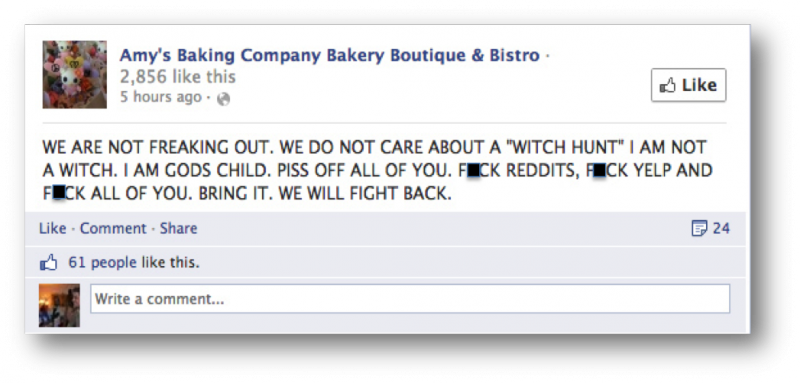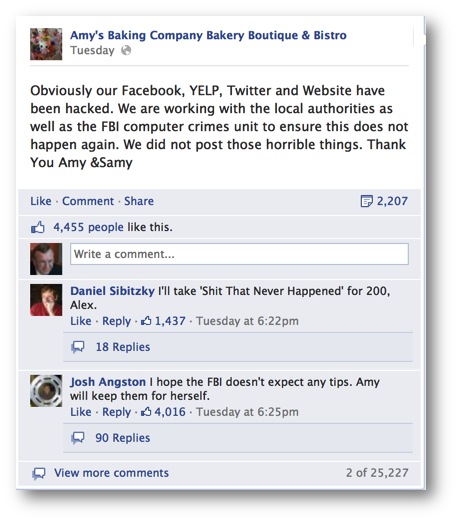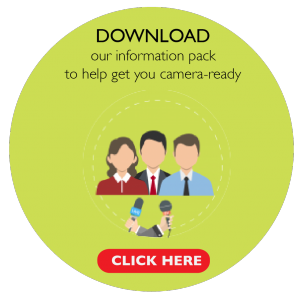Whether you live in Singapore or the United States, the Twitter play-by-play of the Trump Vs Clinton presidential debate had more jabs than a school-wide vaccination. Between the Trump as a Godzilla and the Clinton victory memes, the public craves news and opinion in real time.
Despite rumours that Twitter (the company) isn’t growing, live-tweeting is still an excellent way to share news about your brand. If you’re attending or hosting an event, updating quotes, pictures, and funny thoughts gives your fans a chance to hear the brand’s voice. Simply check out the flutter of activity on Trump’s and Clinton’s Twitter accounts over the past 24-hours.
Live tweeting may seem stressful at first, but gaining traction is much easier than you think. Here are our top tips for live-tweeting:
1. Get the whole team involved
The designated tweeter can’t be everywhere at once. Get the attending team on a #livetweets mobile Slack channel and ask them to post quotes or questions to this channel for the designated tweeter to pick up. For consistency, there should only be one designated Tweeter per team to have oversight on the page.
My team of deplorables will be managing my Twitter account for this evenings debate. Tune in!#DebateNight #TrumpPence16
— Donald J. Trump (@realDonaldTrump) September 26, 2016
2. Prepare good visuals
Come prepared with some stock images and if you hear a good quote, overlay it on the go with a meme generator or inspirational quote app. Take photos before tweeting to make sure you have something good to pair a post with.
Instead of driving jobs and wealth away, AMERICA will become the world’s great magnet for innovation and job creation. #DebateNightpic.twitter.com/joA9Jc0cdm
— Donald J. Trump (@realDonaldTrump) September 27, 2016
3. Engage with gifs
Twitter’s gif features are totally underutilised by corporations that have strict brand guidelines. If you’re a small team, run it by a manager and share a gif or align one with your quote or update.
Here’s a funny interpretation of the live debate:
Live look at the debate. @OldRowOfficial pic.twitter.com/9LF5CImWJC
— Eezus (@ElijahStevens58) September 27, 2016
Then there was this:
Hillary Clinton after debate#debatenight #debates https://t.co/3CA8aPkMdX
— Funny Vines (@FunnyVines) September 27, 2016
4. Use one easy hashtag
It should be something easy like your company and the event, i.e. #Mutantatrise.
5. Tag everyone and everything
There is almost no point to putting up a tweet without mentioning a company handle, someone’s handle, or using a hashtag. Twitter is designed to link up people in a community, so don’t be lazy with tags!
6. Trend trends trends
This is the main thing journalists look for on Twitter. At an event more often or not you’ll hear that some big investor has invested billions in a technology no one is using right now, that might point to a trend. Keep your ear to the ground and ask lots of questions.
7. Find the official hashtag of the event
This is a no brainer, but you’d be surprised how many people don’t look for this. It’s the number one way to get discovered by a journalist or someone else at the event.
#debatenight was the official hashtag of the debate:
#DebateNight pic.twitter.com/x4oTfkIlHS
— Hillary Clinton (@HillaryClinton) September 27, 2016
8. Use vines
Getting a live feed on Twitter isn’t as easy as it is on Facebook. What’s better than a quote? Getting a quote Vined or Periscoped from a notable speaker and uploaded it on Twitter.
9. Pick a good quote
Pick a quote that is on brand, offers simple business advice, or even something funny and post it.
Here’s an example from Camp Clinton:
The presidency isn’t a reality show—it’s as real as it gets. Make sure you’re registered to vote: https://t.co/tTgeqxNqYm #DebateNight pic.twitter.com/87TwYLuDM2
— Hillary Clinton (@HillaryClinton) September 27, 2016
10. Be cool
Save the corporate riff-raff for when you have word count.
Lmao RT @JimmyDonofrio: When it’s #debatenight but you stay cool pic.twitter.com/JGhu3ENrfZ
— young numb (@p_cal) September 27, 2016
Live-tweeting makes your company look on the ball, and most importantly helps your fans know the latest news and trends in the industry. By using a real voice, you’ll be able to connect with your fans.
Need some social media advice ? Contact us at [email protected]
Header picture credit: www.thedailydot.com






